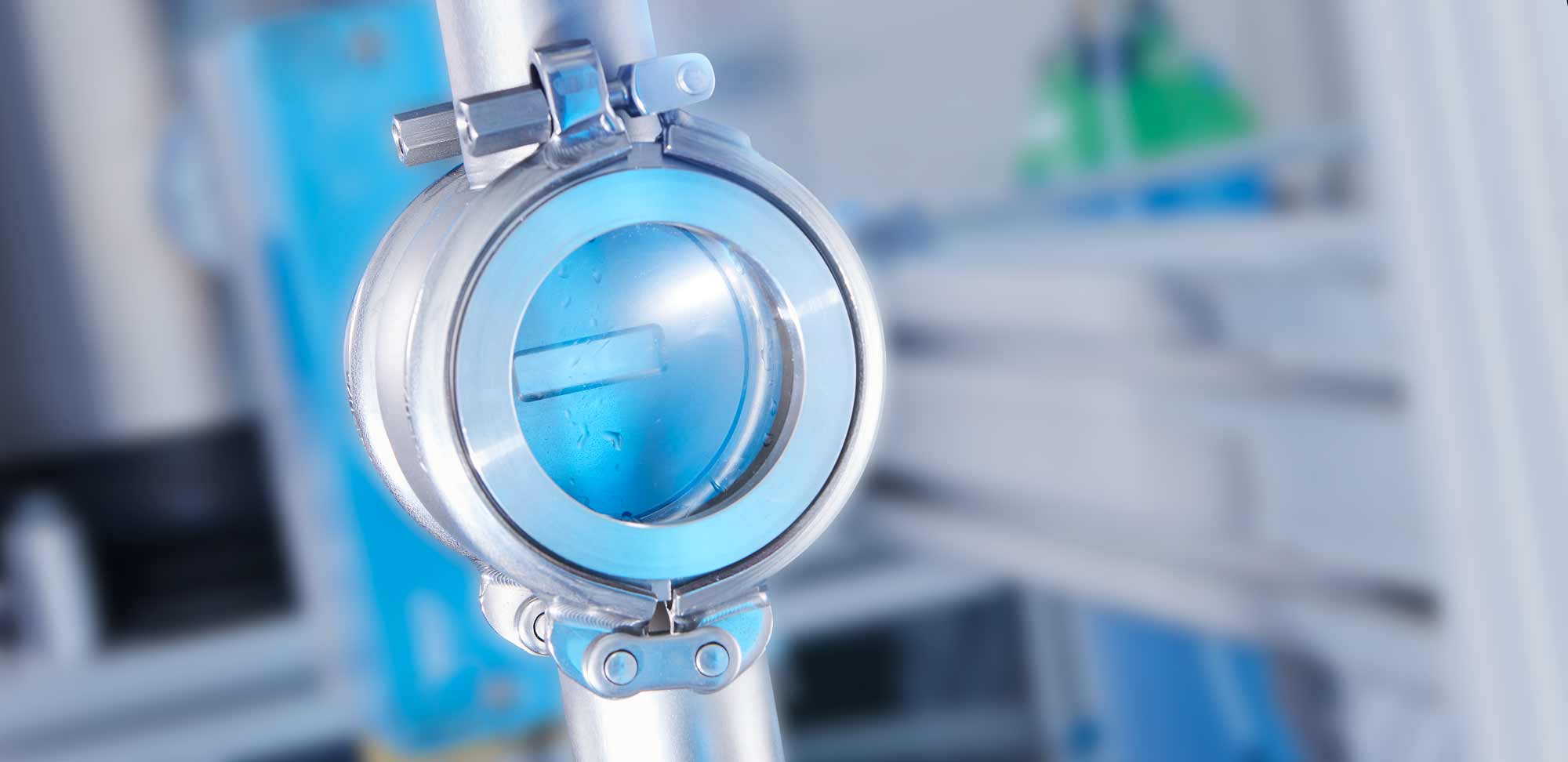
Sensor technology for monitoring CO2 stores in the ocean
The sea can play a crucial role in the fight against climate change: Layers of basalt lying deep in the seabed can be used to store carbon dioxide (CO2). In the AIMS3 joint project, the project partners are conducting intensive studies and experiments with the aim of showing which technical methods are capable of storing and mineralizing CO2 in basalt rocks in the most cost-effective and sustainable way. But Carbon Capture and Storage (CCS) is associated with environmental risks, particularly if CO2 leaks back out. Leaks therefore need to be traced quickly and thoroughly.
Leaks can be discovered quickly
As part of the project, Fraunhofer IPM is developing a novel fast-response sensor to monitor CO2 stores in the seabed. A prototype has been successfully tested under real-life conditions on the Littorina research ship in the Baltic Sea. The membrane-free sensor is based on ATR (Attenuated Total Reflection) spectroscopy. Using this method, the optical sensor detects the amount of CO2 dissolved in the harsh seawater environment within a matter of seconds, which means CO2 leaks can be discovered quickly. In the second phase, which started in August 2024, the sensor is being further developed and reduced in size to enable it to withstand higher pressure and make it suitable for use in deep waters.
AIMS3 project (Alternate scenarios, Innovative technologies, and Monitoring approaches for Sub-Seabed Storage of carbon dioxide, part of the CDRmare Research Mission of the German Marine Research Alliance (DAM) “Marine carbon sinks in decarbonization pathways”), funded by the German Federal Ministry of Education and Research (MARE:N – Coastal, Marine and Polar Research for Sustainability research program)


